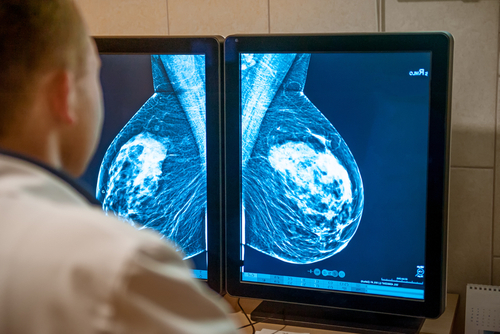
Advanced breast cancer (aBC) in older patients is characterized by distinct molecular features, according to a study published at ESMO Congress 2024.
In this subanalysis of AURORA program, established by the Breast International Group (BIG), which aims to characterize the molecular and clinical landscape of aBC, researchers used lasso regression to analyze 830 cases (1,333 samples). Associations with age as continuous variable at metastatic biopsy were assessed using Firth logistic models adjusted for clinico-pathological variables. Subsequently, the interaction between mutation acquisition in aBC and age was analyzed in cases with matched samples.
The results showed that younger age at aBC diagnosis was associated with primary nodal status and grade, whereas primary lobular histology was linked to older age. After adjusting for primary grade, nodal status, histology, metastatic subtype, de novo status, subtype switch, mutations in 13 genes were found to be linked with older age: PIK3CA, CDH1, SETD2, CARD11, KDM6A, EPHB1, PTPRT, ESR1, PIK3R1, MYH11, KMT2A, LRP1B, and ARID1A. ERCC4 and PTCH1 mutations were enriched in younger patients, while hedgehog and G2M checkpoint signatures were associated with younger age at aBC presentation, whereas the PI3K signature correlated with older age.
The researchers concluded that: “aBC in older patients is characterized by distinct molecular features, like the enrichment of actionable mutations in PI3K, estrogen receptor, and ephrin receptor signaling, as well as rarer but potentially actionable mutations like those in CARD11. The signatures of aBC in the aging population are coherent with less activation of proliferative and DNA damage pathways.







 © 2025 Mashup Media, LLC, a Formedics Property. All Rights Reserved.
© 2025 Mashup Media, LLC, a Formedics Property. All Rights Reserved.